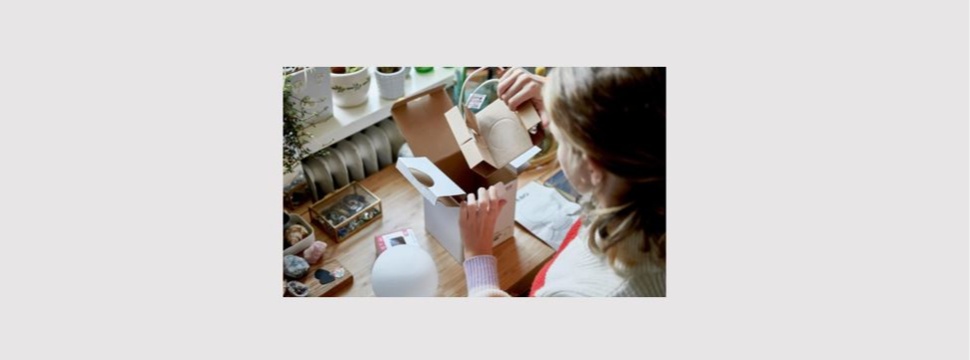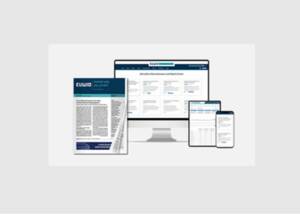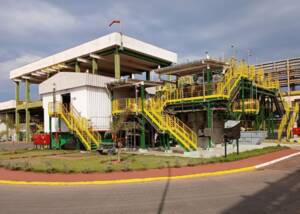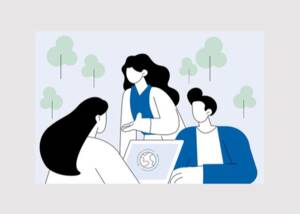Ikea: That's it - we're banning plastic from our sales packaging
News General news
Plastic packaging is a nuisance: whether it's a yogurt pot, a shampoo bottle or an IKEA product - every time I buy something wrapped in plastic, I'm plagued by a guilty conscience. Because according to estimates, around 86 million tons of plastic are floating in our oceans - and the consequences for the marine ecosystem from plastic waste and the associated environmental pollution are devastating. Now IKEA has set itself the goal of removing plastics from all sales packaging by 2028 at the latest!

At IKEA, we're committed to making a positive impact on people and the environment, despite and precisely because of our size and global presence. A contradiction? On the contrary: because, especially as a global player, we have great charisma and can make decisions that really make a difference. For example, we have made it our goal to use only renewable or recycled materials by 2030, thereby simultaneously reducing waste and appreciating and preserving the value of the materials we use for as long as possible. Plastic waste and pollution are common problems around the world, and at IKEA we are taking action to become part of the solution to reduce plastic waste and the environmental impact of packaging.
Bye Bye Plastic Packaging!
For many years, IKEA has had a goal to use as much wood fiber-based material as possible for its packaging. We are continuously working to reduce the amount of plastic and find new ways to package our products. As another important step in this journey, IKEA has now set a target to remove plastics from all sales packaging by 2028 at the latest. This initiative affects our entire sales assortment and is being driven by IKEA worldwide. The phase-out of plastic packaging in sales will be implemented gradually: Plastic packaging will be delisted for new assortments by 2025 and plastic packaging will be replaced in the existing assortment by 2028.
Already today, less than ten percent of the packaging material used by IKEA is plastic. But as we are determined to close the remaining gap and eliminate plastics from sales packaging altogether, IKEA will switch to packaging and materials made of paper, which has better properties for circularity. It is renewable, recyclable and one of the most widely used packaging materials in the world. So, based on current knowledge, we expect paper to play a key role in the transition from plastic packaging solutions in sales packaging to sustainable alternatives.
An initiative with a big impact
The results of an internal survey show that in 2020, around 55 tons of plastic packaging material was used for IKEA sales packaging. An incredibly large number, right? Well, let's add a few more while we're at it: Every year, more than four billion customer packages pass through our systems. And while we move around 40 million cubic meters of goods every year, we use around 920,000 tons of material for our product packaging. The cost of packaging and transport materials amounts to 1.2 billion euros. This shows how important packaging is to us at IKEA: it plays an important role along our entire supply chain and is essential to making our IKEA products available to more than three billion customers around the world and to ensuring that they arrive safely and intact in their homes.
We have been working for many years to end the use of plastic packaging materials in certain areas - for example, EPS (expanded polystyrene) in flat packs and plastic blister packaging for light bulbs. However, we have now decided to tackle this issue head on and launch an initiative to enforce our ambition across our entire range. But we have to be realistic: it will take many years to achieve success, as we need to find and test the right plastic-free solutions to further ensure product quality, support automated packaging lines and continue to offer our products at an affordable price. In recent years, however, we have also recorded some successes in this area: For example, we have succeeded in removing EPS from our range of home furnishings (with the exception of some kitchen appliances).
The end of plastic packaging at IKEA - challenge accepted!
We are aware that moving away from plastic in sales packaging is a real challenge. Our initiative will require the development of new solutions and close collaboration with product development teams and IKEA suppliers around the world. Plastic packaging will continue to be used for only some products in IKEA's food range - wherever it is still necessary after 2028 for quality and food safety standards. But even in this case, they will come from renewable or recycled sources.
In the coming years, IKEA will invest in new technologies, people* and innovation to develop alternative solutions in areas where there are limited options today. This will be done hand in hand with various partners and suppliers. In addition to reducing the environmental impact of plastic waste, our initiative is also intended to support our efforts to become less dependent on fossil raw materials.
Looking ahead
Why are we already talking about our intentions when 2028 still seems so far away? Quite simply, we want to operate transparently and let people know about our aspirations to become a more sustainable company. By sharing our intentions, we hope to raise awareness among consumers* and also motivate stakeholders in the industry to adopt more sustainable packaging solutions. We are also keen to work with new partners and the industry as a whole to find new packaging solutions.
Ultimately, we are not just about optimizing our own operations - we are always open to collaborating with others to maximize the positive impact of our decisions and actions.










